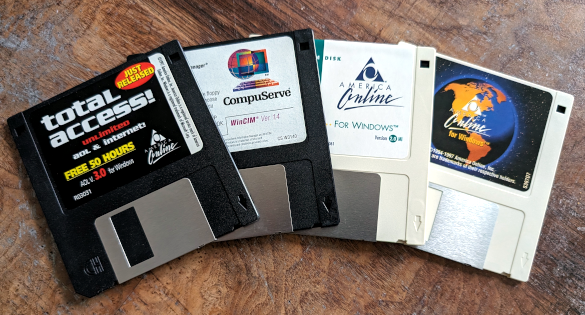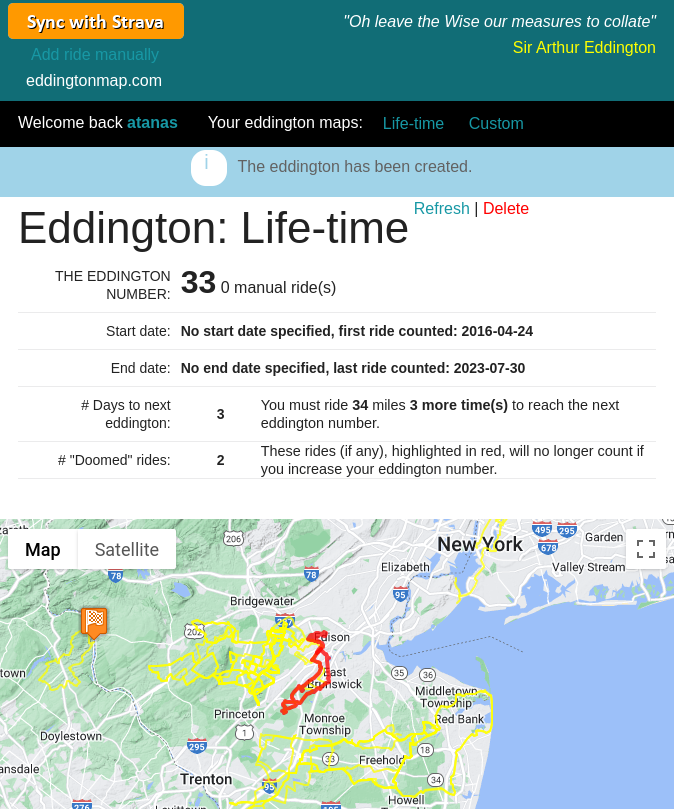My Inverse Bucket List calls for getting rid of stuff. But how?
According to Marie Kondo and her KonMari method, you must do all your “tidying up” in one go, or else you won’t do it at all. Tidying up little by little doesn’t work, she says.
However, tidying up everything in one go can be a daunting task – more so emotionally and psychologically than physically. Looking at a slew of trinkets and mementos from 20-30 years ago, deciding what to keep and what to let go, can be draining. So big is this psychological barrier that one never ventures into the endeavor.
What if instead of facing — and perpetually avoiding — this gargantuan task, I break it down into tiny morsels? One thing a day, one decision a day, every day. Simple, easy, manageable.
Move over, Marie! There’s a new guru in town! 🙂
Me on Day One™: Getting rid of this collection of 3.5” AOL and CompuServe floppies.



